iPhones are rightly considered to be some of the best phones ever, but they suffer from a lot of criticism for their Lightning power connector. Today it is already considered obsolete, which we can't really be surprised at. Apple introduced it together with the iPhone 5 in 2012. It was then that it replaced the 30-pin connector and significantly moved the technology forward, especially if we compare it to the then Micro USB that we could find in competitors. Unlike it, Lightning can be connected from any side, offers solid durability and had great transfer speeds for its time.
It could be interest you
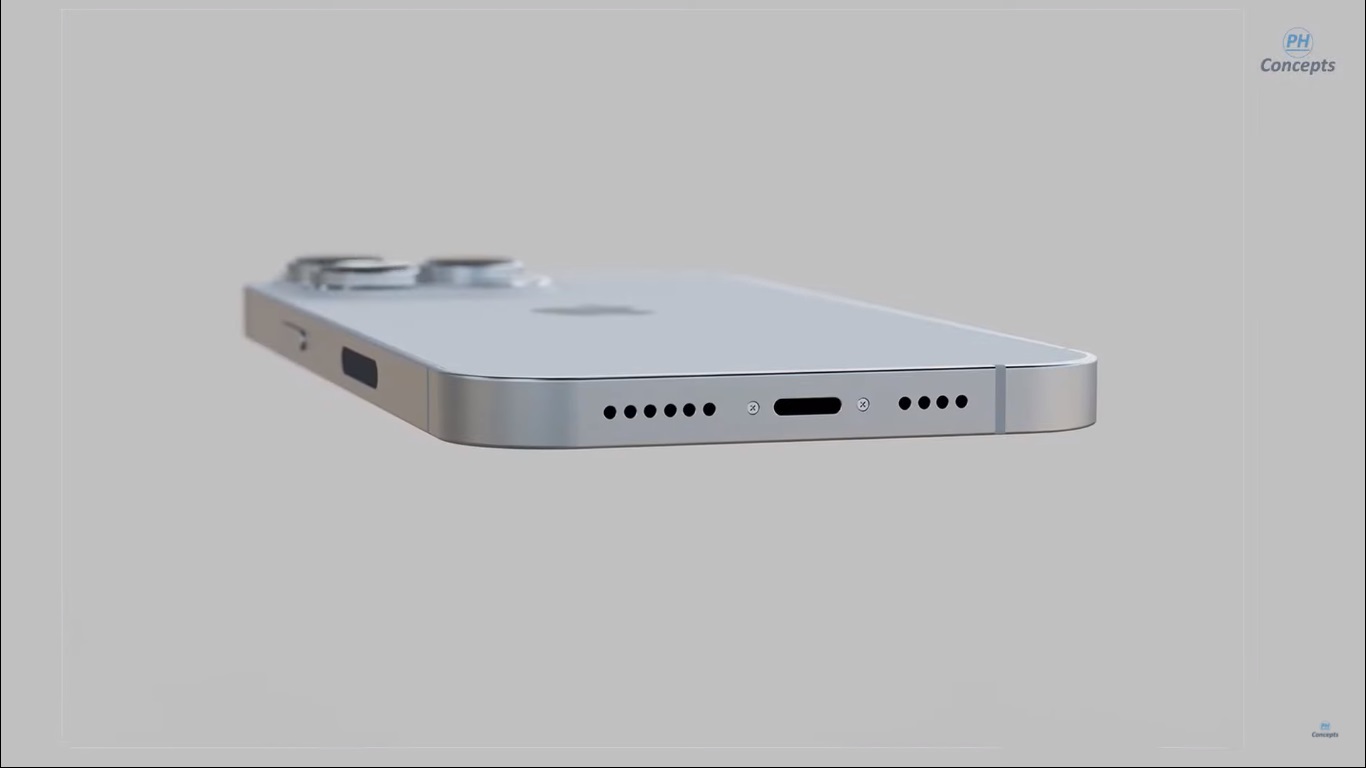
However, time has moved forward and the competition, for practically all types of devices, has bet on the universal USB-C standard today. Like Lightning, it can be connected from both sides, but the overall possibilities are significantly increased here. That is why apple fans are constantly speculating whether Apple will finally abandon its Lightning and switch to a solution in the form of USB-C, which, among other things, has also bet on the iPad Pro/Air and its Macs. But the way it looks, we won't see anything like that anytime soon. On the other hand, an interesting question is presented. Do we really need Lightning?
Why does Apple not want to abandon Lightning?
Before we look at the core of the matter, or whether we, as Apple users, really need USB-C, it is appropriate to explain why Apple resists its implementation tooth and nail. The advantages of USB-C are indisputable, and we can simply say that Lightning literally puts it in your pocket. Whether in the area of charging speed, transfer options, throughput and others. On the other hand, however, Apple has a lot of money in its connector. Slowly, the entire market for accessories that use this particular port is falling under the Cupertino giant. If the item in question is produced by another manufacturer, Apple still has to pay licensing fees, without which it cannot obtain the official MFi or Made for iPhone certification. Of course, this does not apply to unofficial pieces, which can also be dangerous.
However, it doesn't necessarily have to be just about money. Compared to USB-C, Lightning is significantly more durable and does not have such a risk of damage. Some users specifically complain about the tongue of this connector (for the female), which can theoretically break. Moreover, since it is hidden in the device, there is a risk that the device cannot be used just because of the connector. That is, if we omit the possibility of wireless charging via the Qi standard, which of course cannot solve the synchronization/transfer of data.
Do we need USB-C on iPhones?
As we mentioned above, USB-C seems like a bright future in terms of possibilities. It is significantly faster - both during data transfer and charging - and can (in some versions) also handle video transfer and many others. In theory, it would be possible to connect iPhones through their own connector, without any reduction, directly to a monitor or TV, which sounds quite good.
It could be interest you
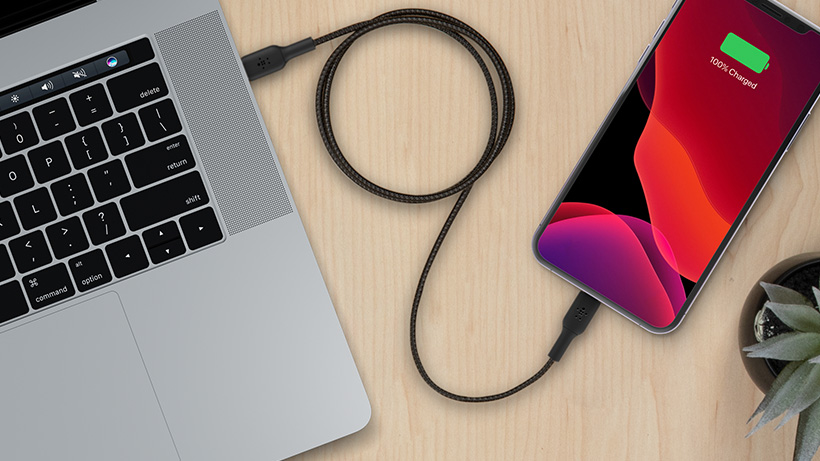
However, something else is mentioned as the main benefit of switching to this standard, which has practically nothing to do with the technical side. USB-C is quickly becoming a modern standard, which is why we find this port on more and more devices. After all, he is not a complete stranger to Apple either. In recent years, Apple computers have relied almost exclusively on USB-C (Thunderbolt) ports, thanks to which it is possible to connect peripherals, hubs, or even charge the Mac directly. And this is where the greatest strength of USB-C lies. With one cable and adapter, it is theoretically possible to serve all devices.
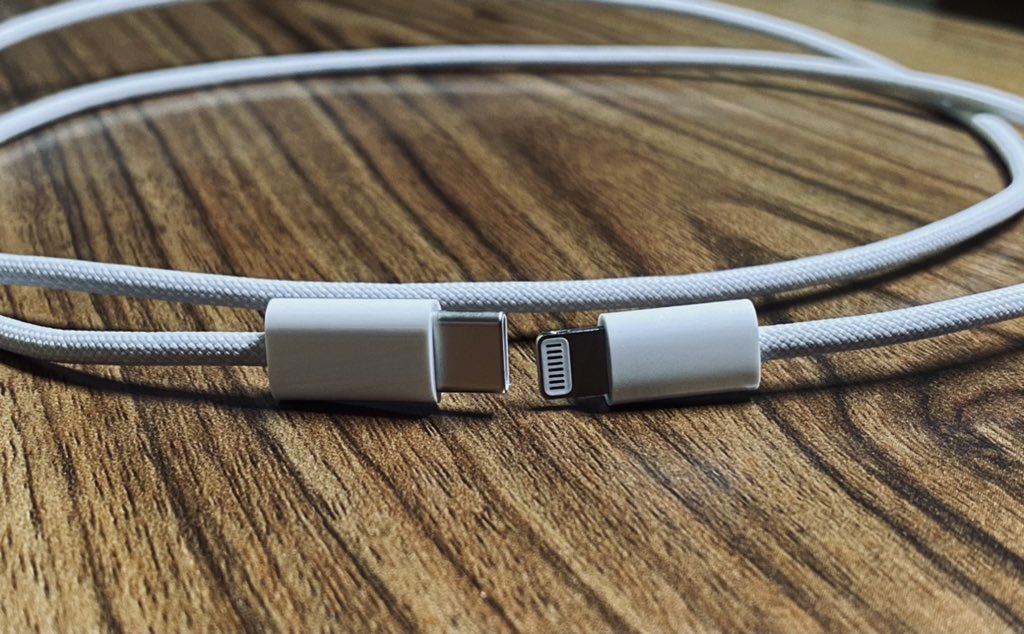
Being able to use one cable for all devices sure sounds nice and it wouldn't hurt to have that option. Even so, the vast majority of users get by with Lightning and practically have no problem with it. It can fulfill its basic purpose perfectly. At the same time, there is a slow transition towards fast charging, which is why more and more Apple users are using a Lightning/USB-C cable. Of course, you need a USB-C adapter for this, and you can also use the one from the mentioned Macs. Would you like USB-C on iPhones, or don't you care and prefer the durability of Lightning?
 Flying around the world with Apple
Flying around the world with Apple 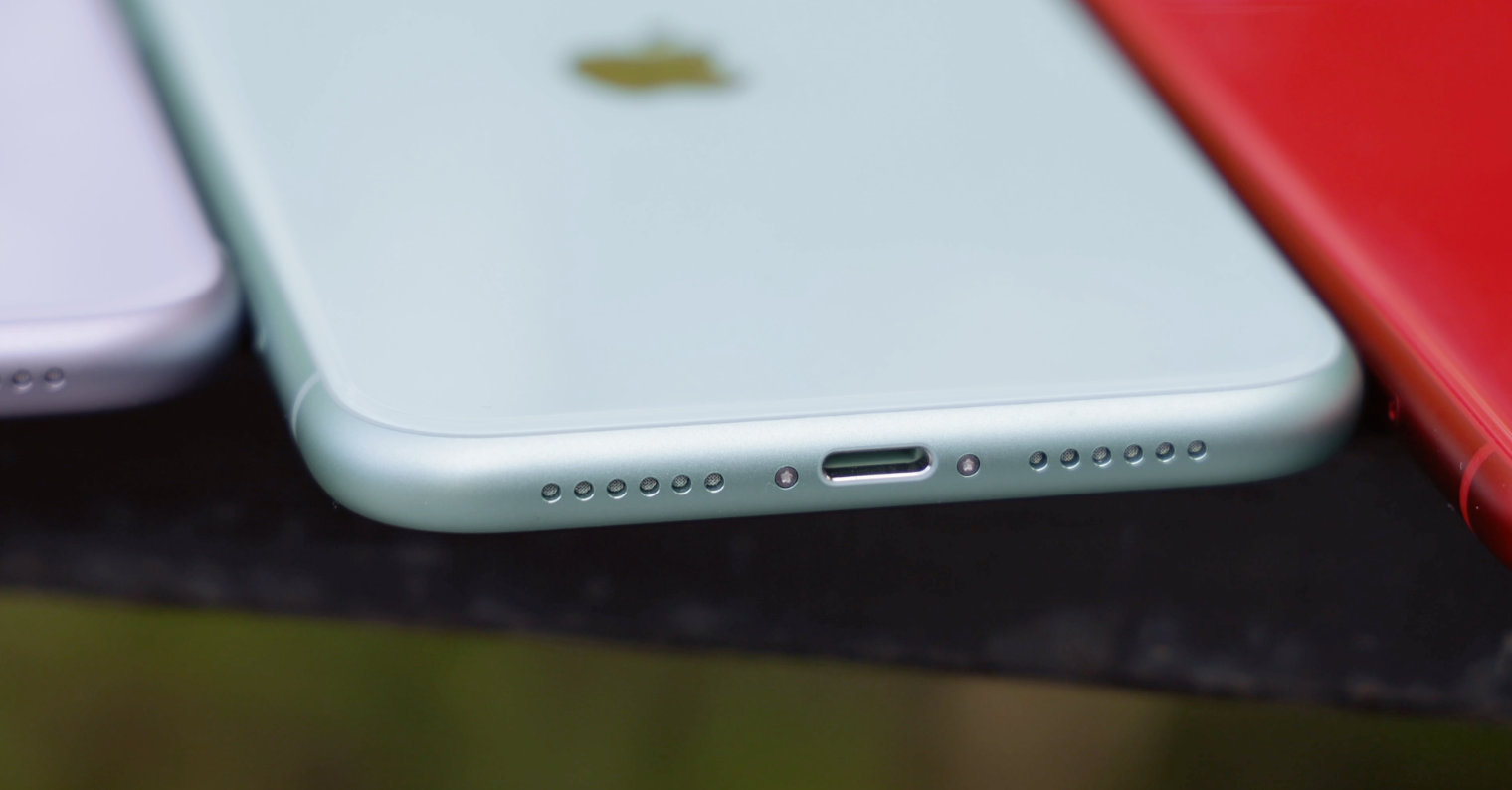
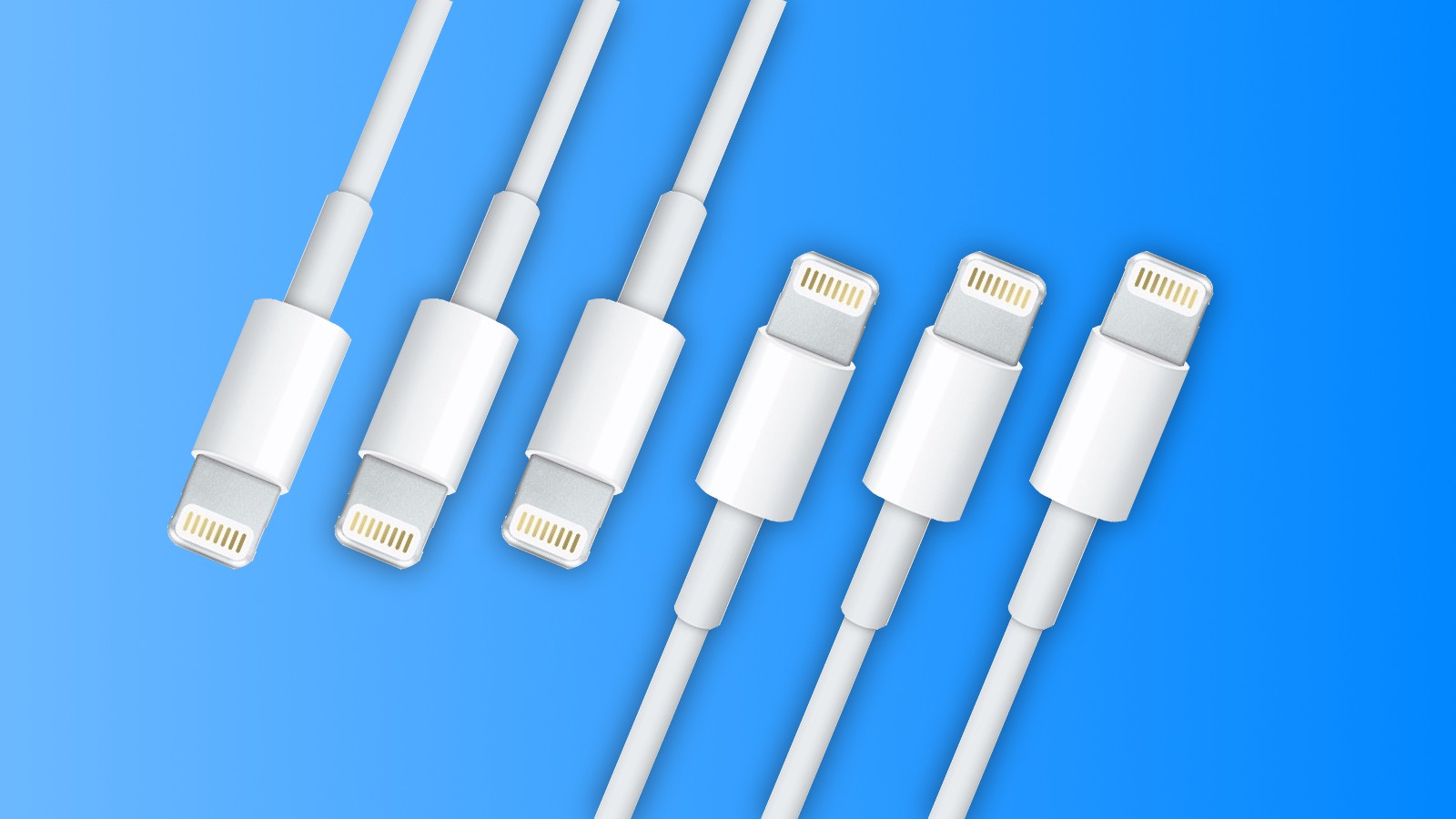
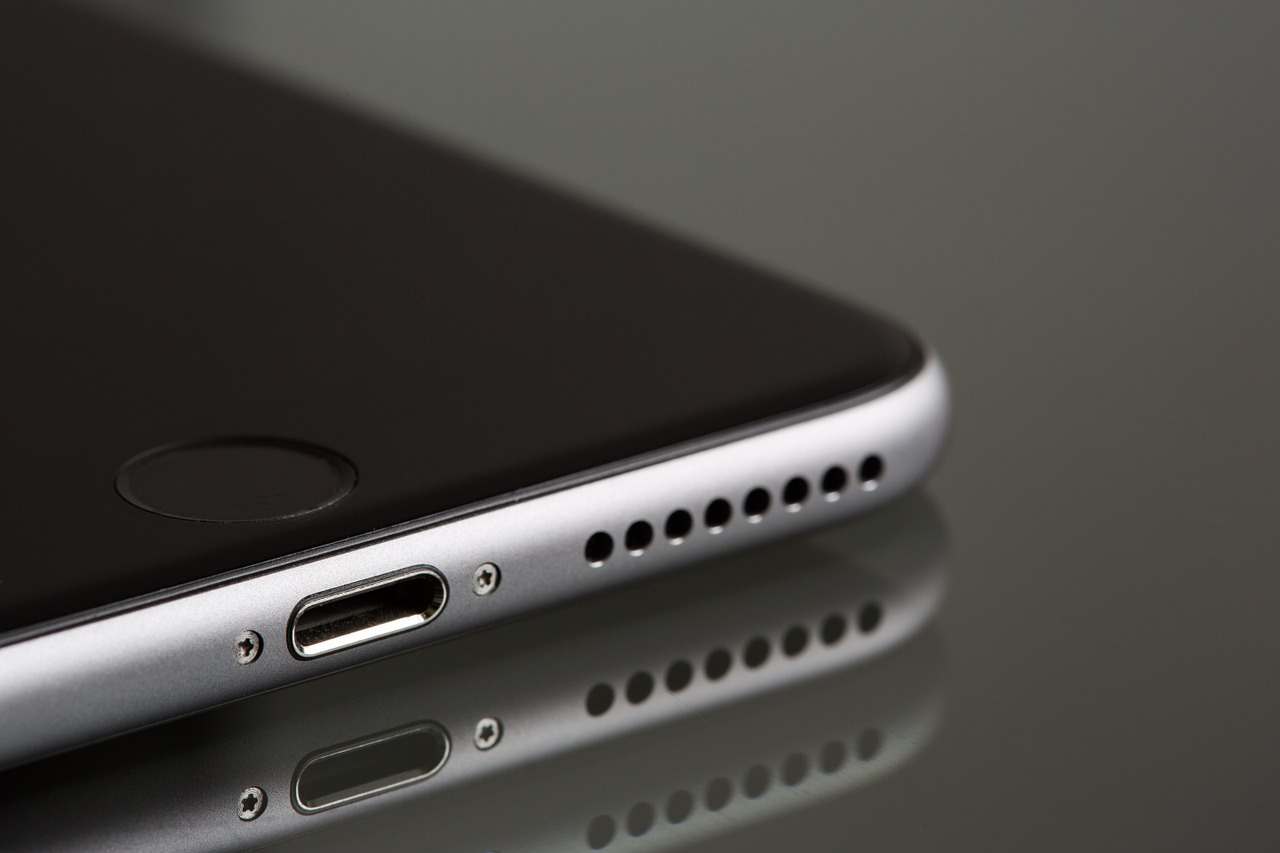
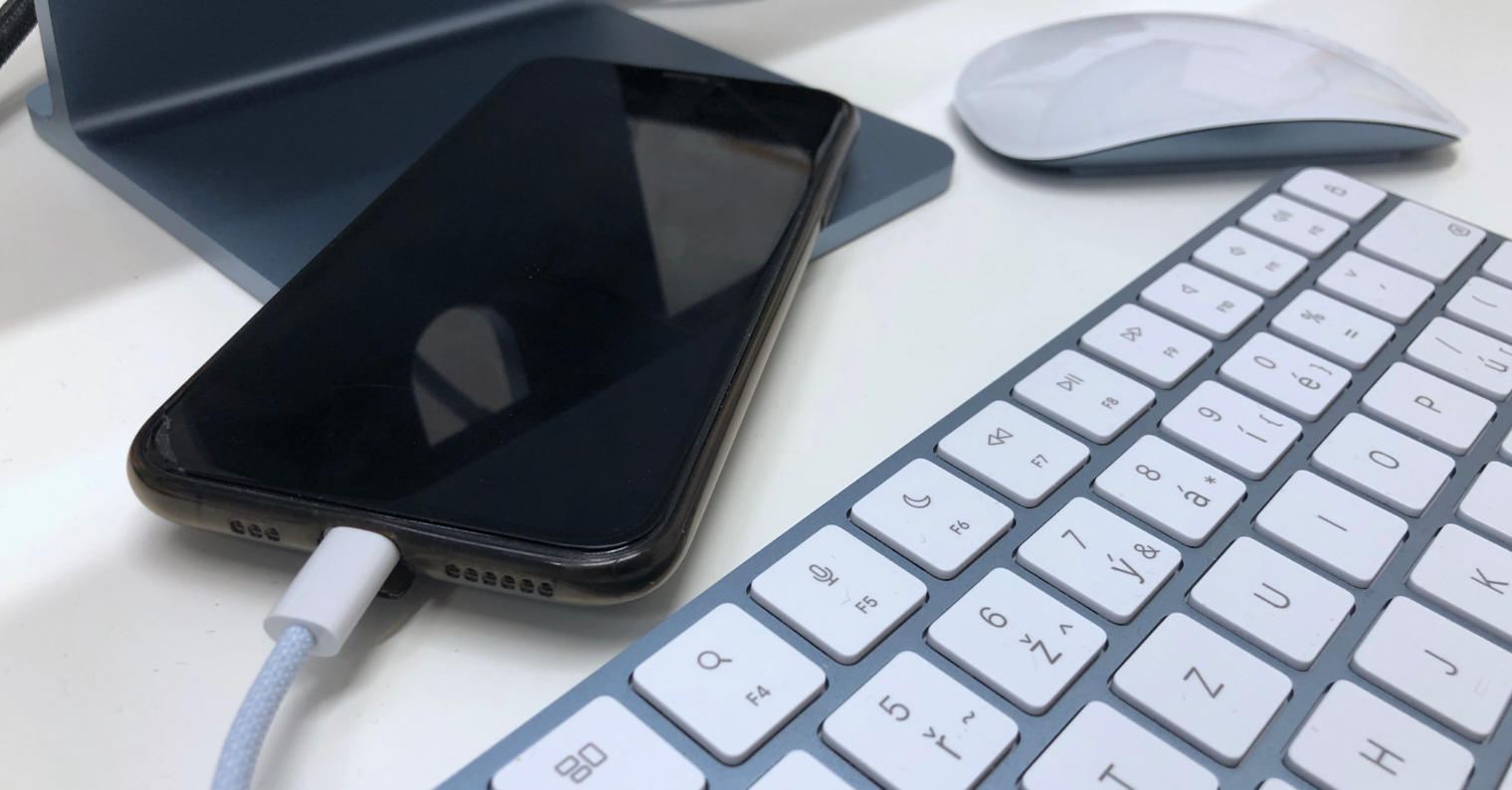
Well, we probably won't remake Apple... But if they ever change the connector, they will definitely change it to USB-C. And it's not that difficult to drag more cables, I have "all" cables in my backpack - microUSB, USB-C and lightning (all on USB-A).
If Apple solves the file transfer via magsafe, the rear connectors will not exist.